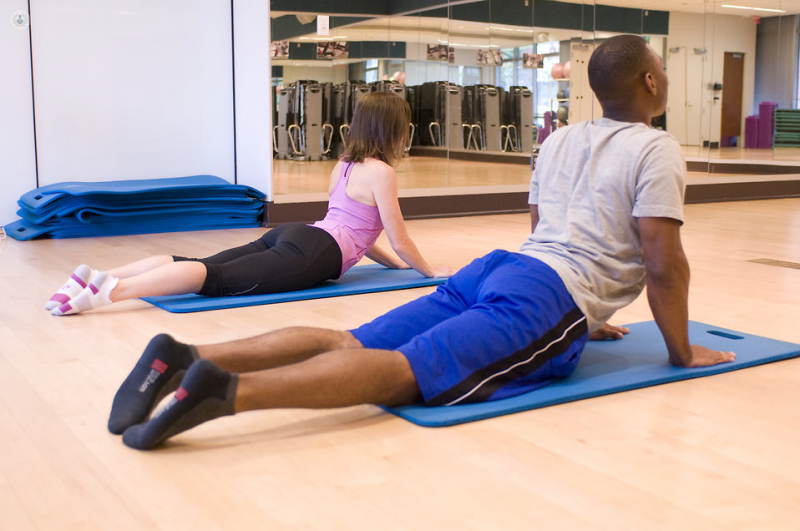

What is osteoarthritis of the elbow?
Osteoarthritis is a degenerative disease that causes the loss of cartilage that lines the joint surfaces, which leads to the joint space to disappear. The elbow is one of the least affected joints as osteoarthritis generally affects weight-bearing joints, like the knee.

What are the symptoms?
Osteoarthritis in the elbow can cause a variety of symptoms, which can vary from one person to the next. Some symptoms may be stronger than others, but largely, the most common symptoms include:
- Pain in the joint
- Stiffness in the joint
- A feeling of ‘scraping’ or ‘grating’ in the joint
- Locking or instability in the joint
- Swelling
- Difficulty when moving the joint
Why does osteoarthritis occur?
In the majority of cases osteoarthritis in the elbow is due to simple wear and tear, as the protective cartilage which covers the joints wears down. Injuries that involve a progressive deterioration of the joint can also speed up this process, and the corresponding loss of cartilage. Such wear and tear generates changes in the structure of the elbow.
Can it be prevented?
You can help to prevent osteoarthritis of the elbow by protecting your joints and avoiding repetitive actions wherever possible. Sports, hobbies and jobs which involve repetitive actions or continuous use of the elbow can mean osteoarthritis is more likely to develop.
What is the treatment?
Osteoarthritis cannot be cured, but it can improve with treatment.
In the initial phase, treatment of osteoarthritis seeks to alleviate the symptoms by means of rest, physical therapy, and the administration of drugs for the pain, but if this fails it is possible to opt for a surgical intervention.
If patients are overweight, losing weight can also help to alleviate the symptoms and pain. Certain special orthopaedic devices may also be used in order to help reduce any strain on the joints.
If treatment is largely unsuccessful, surgery may become an option, but this is generally only offered in a small amount of cases. Surgical procedures performed include arthroplasty, which replaces the affected joint with an artificial joint, or joint resurfacing, where small wears and tears are filled with metallic inserts. Other procedures include arthrodesis, fusing the joint in a permanent position, and osteotomy, in which the orthopaedic surgeon adds or removes a small section of bone.
New, non-surgical procedures are becoming more widely available and popular in the treatment of joint problems, such as PRP (platement-rich plasma) injections. PRP injections consist of blood plasma which has a high concentration of platelets, which speeds along the healing process. As this is a new treatment, it has been shown effective in the short term, but in the long term, its efficacy has not been demonstrated.
